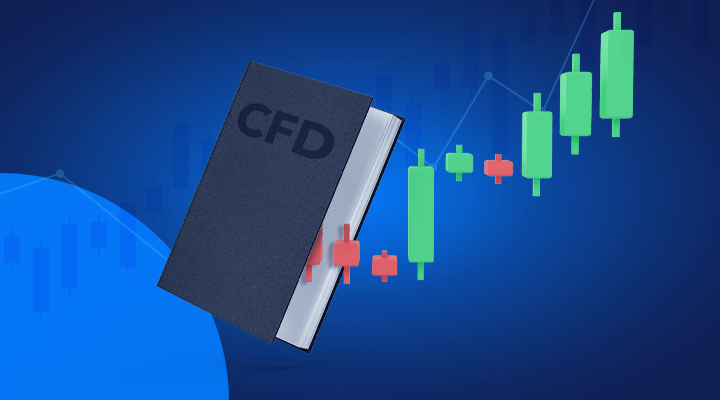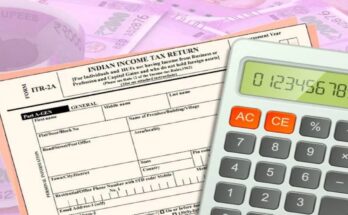The investing world can be confusing, especially when you’re just getting started.
One type of investment you may have heard of is a contract for difference (CFD). But what exactly is a CFD? And what are the different types of CFDs that you can invest in? In this article, we’ll answer those questions, so you can decide if investing in CFDs is suitable for you. If they are, check out this address to find out more about the product and trading strategies.
What is a contract for difference?
It’s an agreement between parties to exchange differences in the value of an asset from the time the contract is entered into to the time it expires. The asset can be anything from stock or commodity to currency or cryptocurrency.
CFDs are traded on margin, meaning you only have to put down a small deposit (known as a margin) to open a position. It allows you to trade with leverage, which can magnify your profits – but it can also magnify your losses, so it’s vital to use stop-loss orders and manage your risk carefully.
Types of CFDs
Let’s look at the different types of CFDs you can trade:
Commodity CFDs- You can trade CFDs on commodities such as gold, silver, oil, and gas.
Currency CFDs- You can trade CFDs on major (and some minor) currencies, such as US dollars, Euros, British pounds, Japanese Yen, and more.
Stock CFDs- You can trade CFDs on stocks from all over the world, including major companies like Apple, Amazon, Facebook, and Google.
Index CFDs- You can trade CFDs on indexes such as the Dow Jones Industrial Average (DJIA), S&P 500, Nasdaq Composite, and more.
Cryptocurrency CFDs- You can trade CFDs on cryptocurrencies such as Bitcoin, Ethereum, Litecoin, and Ripple, and more.
Benefits of trading CFDs
Here are some of the main benefits of trading CFDs:
You can trade CFDs on margin
CFDs are traded on margin, so you only need to put down a small amount of money (known as a margin) to open the position. It allows you to trade with leverage, which means that your profits can be multiplied, but your losses can also be magnified.
You have access to trading 24/7
With CFDs, you can trade whenever you want – even on weekends and holidays. You’re always in the market when news or events affect an asset’s price without needing to own the asset itself.
There are no fees and commissions
Unlike other investments, CFDs usually don’t carry any fees or commissions. The broker makes their money by marking up the spread (the difference between the buy and sell prices), so there are no fees or commissions to worry about.
You can invest in both rising and falling markets
CFDs allow you to go long (profit when the market rises) or short (profit when the market falls). This flexibility allows you to profit from a stock, currency, index, commodity, or cryptocurrency going up and down.
There’s 24/7 customer support
Some of the best CFD brokers offer 24/7 customer support, so you can always get help when you need it.
How to trade CFDs
When you trade CFDs, you’re essentially betting on the price movement of an asset. You can either buy (go long) or sell (go short). If the market moves in the direction you expected, you’ll make a profit. But if it moves against you, you’ll make a loss.
It’s crucial to use stop-loss orders to manage your risk when trading CFDs. If you want to limit your losses, a stop-loss order is to close your position at a specific price.
Here’s a guide on how to trade CFDs:
The first step is to choose a CFD broker. There are many brokers to choose from in Singapore, so it’s essential to compare their fees, features, and platforms before deciding which one is right for you. It is also necessary to figure out whether or not they are regulated, and how reputable they are based on reviews.
Once you’ve chosen a broker, you’ll need to open an account and deposit funds. Most brokers will require you to complete some fundamental identity and residency verification to open an account.
Before you start placing trades, it’s essential to learn the basics of CFD trading. Brokers will usually offer tutorials, webinars, and other resources that can help you learn more about CFDs.
After you’ve learned the basics, it’s time to start trading. You’ll need to choose the assets you want to trade – stocks or currencies – and your preferred timeframe (such as 30-minute charts). Then you need to set your stop-loss orders and place your trades.




